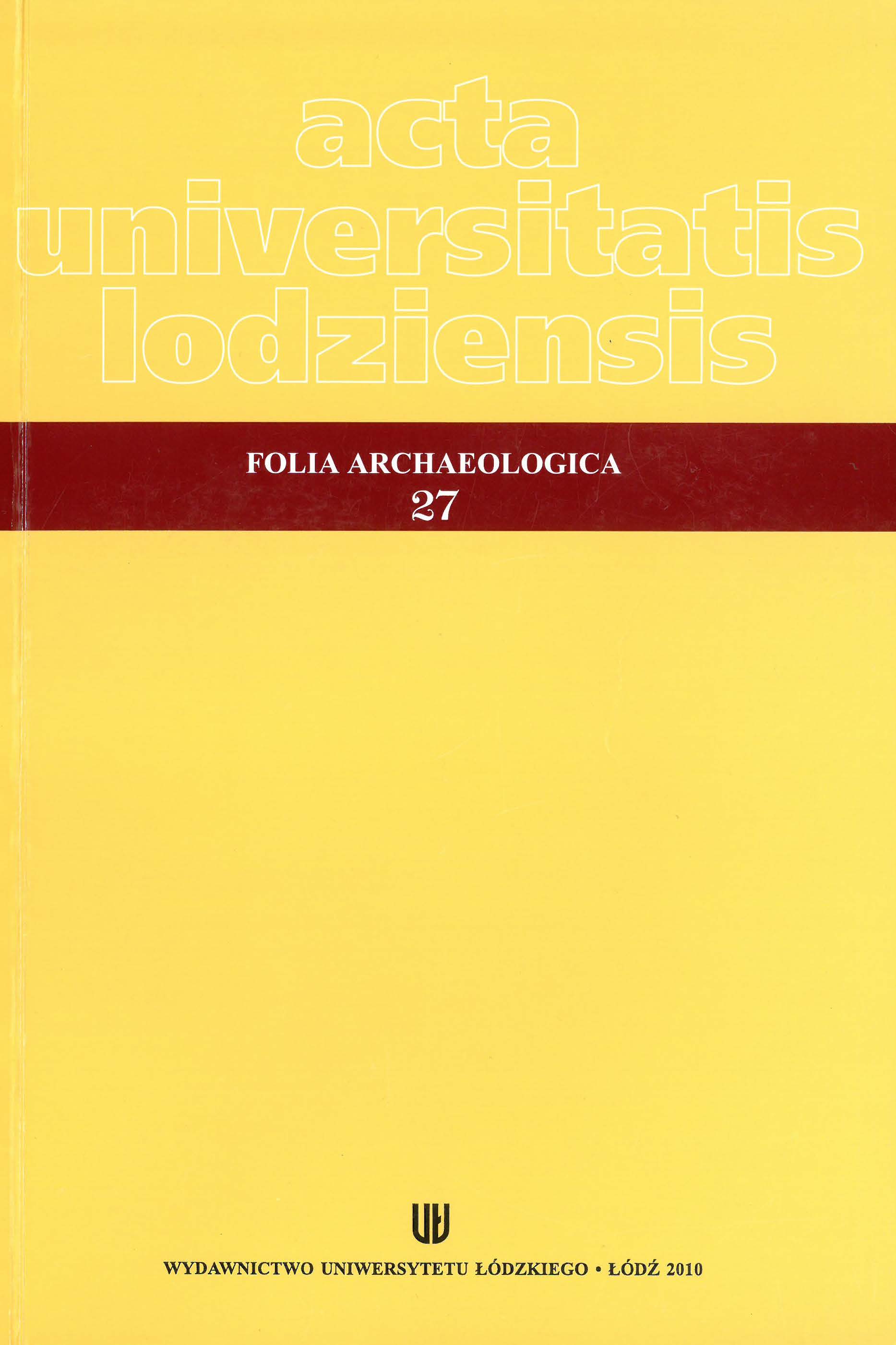Kafle z zamku radomskiego
DOI:
https://doi.org/10.18778/0208-6034.27.04Słowa kluczowe:
kafle piecowe, zespół zamkowy w Radomiu, kafle naczyniowe, kafle płytowe, ornamentyka kafli płytowychAbstrakt
The article includes an analysis of a collection of tiles obtained in the course of numerous excavations and archaeological-architectonic supervisions within the old castle complex in Radom built on foundation of Casimir the Great, together with the city walls, in the years 1340-1350. The complex was extended in the end of the 14th century, and in the first half of the 16th century modernization of the object in the Renaissance style was conducted. Repairs, among others after the burning by the Swedish army, fall to the 17th century, while in 1787 the object was subjected to radical modernization by Alexander Potkański, the last starost of Radom.
During archaeological excavations within the buildings of the old castle 1516 fragments of tiles were obtained, from among which 40 are remains of vessel tiles with round or quadrangular holes, rarely in form of four- or leaved shamrock. The tiles came entirely from mixed rubble layers, therefore the chronology was established on the grounds of stylistics and technological analysis.
Finds of plate tiles were divided into chronological groups covering the period from the 16th to the end of the 18th century. The first is constituted by Renaissance specimens from the 16th century. Here, specimens decorated with a rosette motif, an image of a peacock, fragments of niche and surmounting tiles, in shape of lilies were distinguished. The second group comprises late Renaissance specimens with a motif of a whirling rosette in frame, and shelf tiles among others with ornament of fish scale. A separate subgroup of late Renaissance tiles was formed by specimens with green glaze, on which a tournament scene (g. 13), a whirling rosette, a motif of so-called convex mirror (g. 15) are represented as well as a surmounting element with an upturned inscription “INRI”, in which the letters were divided by Xs.
The third period, falling to the turn of the 16th and 17th centuries, included specimens with continuous ornament, composed of vegetal-geometric motifs with characteristic heart motif in the central part, and fragments of filler tiles with motifs of rosettes placed in meshes of plaitwork. Among the specimens from the first half of the 17th century fragments decorated with motifs of vegetal twigs and vegetal-geometric ornament were distinguished, whereas specimens with image of an eagle wearing a crown, sometimes placed in a medallion as well as specimens decorated with strongly stylized oral ornament, which probably came from the same stove, are dated to a period about the half of the 17th century. An attempt at reconstruction of heating installation was made, which was built of two boxes in shape of cuboid. To the last period tiles in Rococo style were ascribed, unglazed or covered with white glaze. They were decorated with oral motifs or a motif of grape-vine.
The research on the castle brought a discovery of an interesting tile collection with a very rich set of ornamental motifs, characteristic of high quality of realization. The material, however, is not fully representative because from among most of heating installations only fragments of tiles preserved, which do not the full picture of the stove’s splendor.
Pobrania
Pobrania
Opublikowane
Jak cytować
Numer
Dział
Licencja

Utwór dostępny jest na licencji Creative Commons Uznanie autorstwa – Użycie niekomercyjne – Bez utworów zależnych 4.0 Międzynarodowe.












